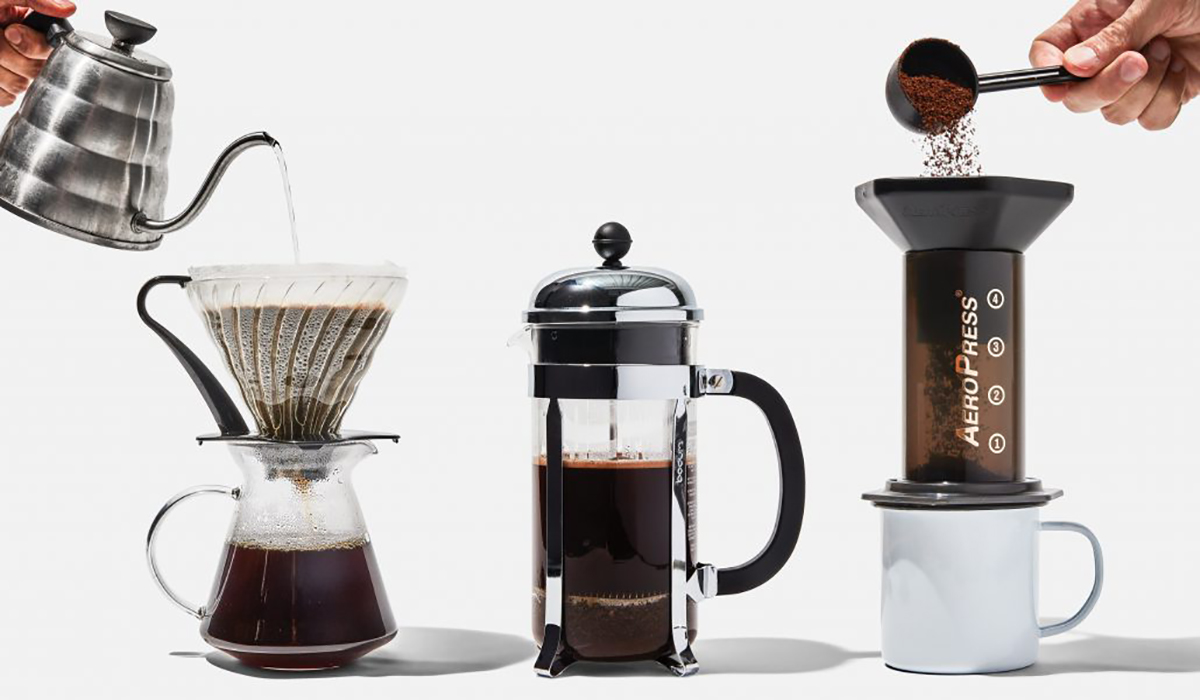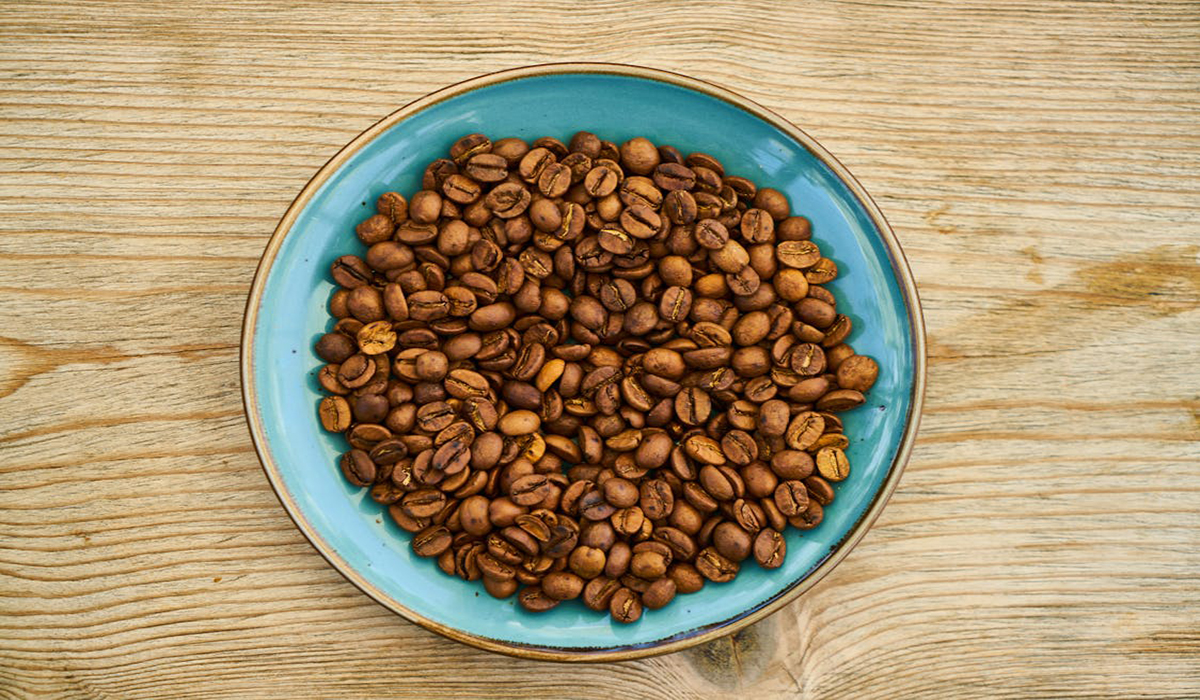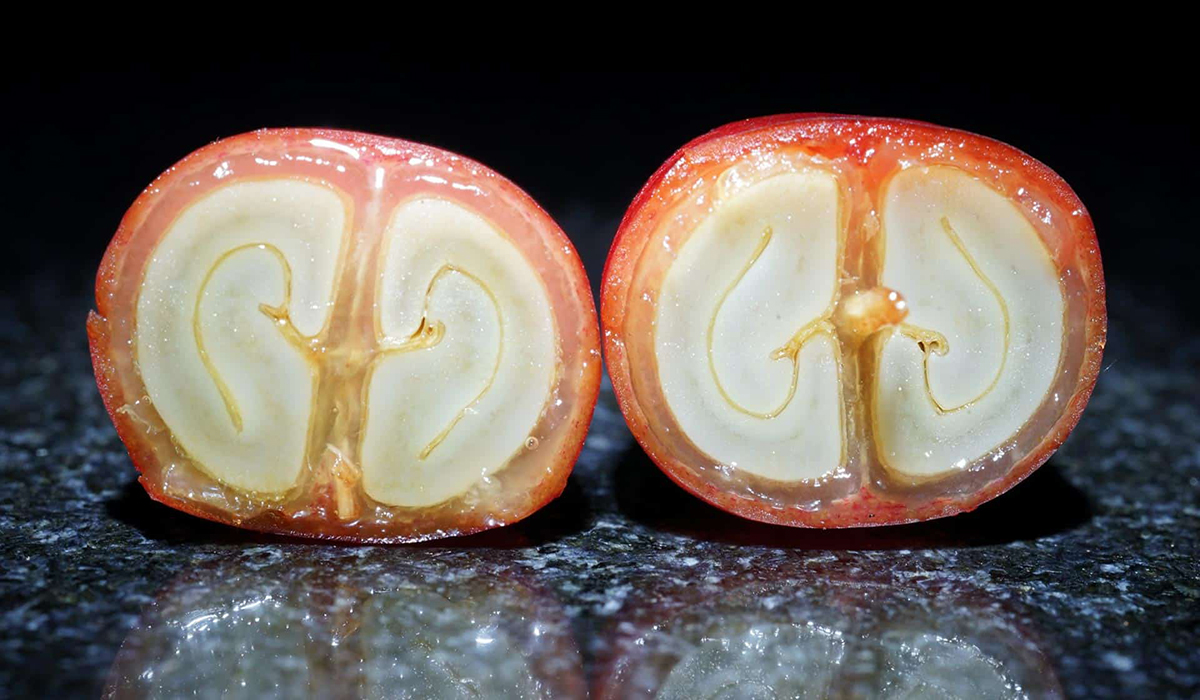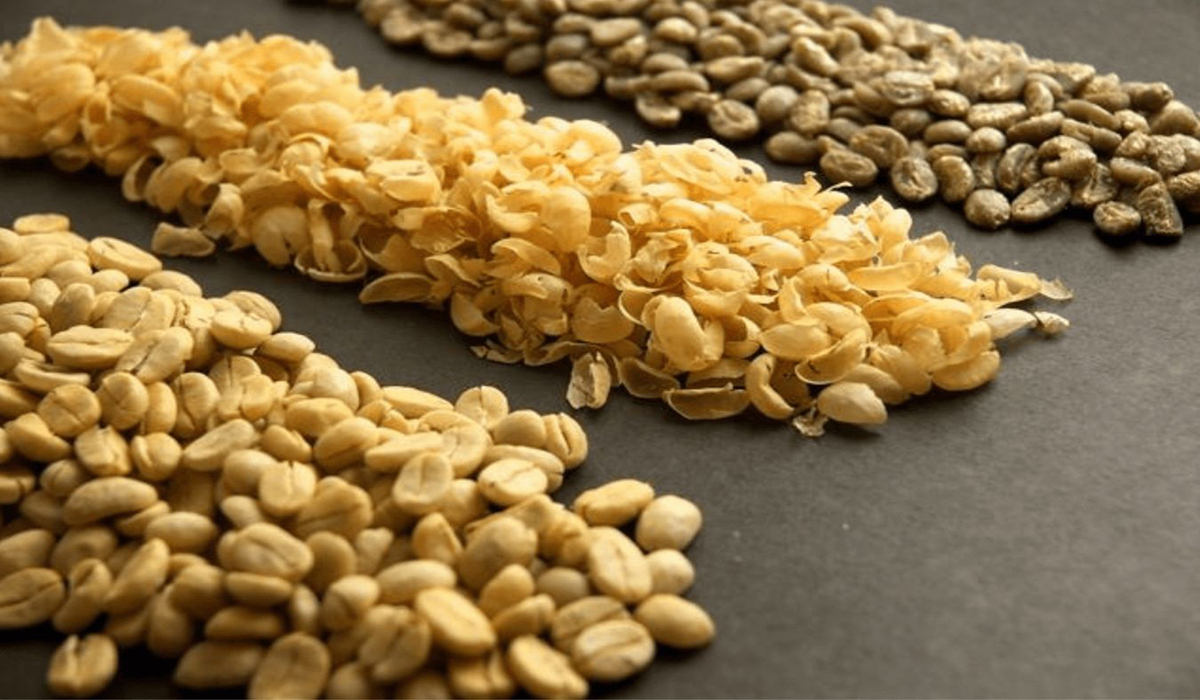From Grinder to Roaster: Essential Equipment for High-Quality Coffee Production
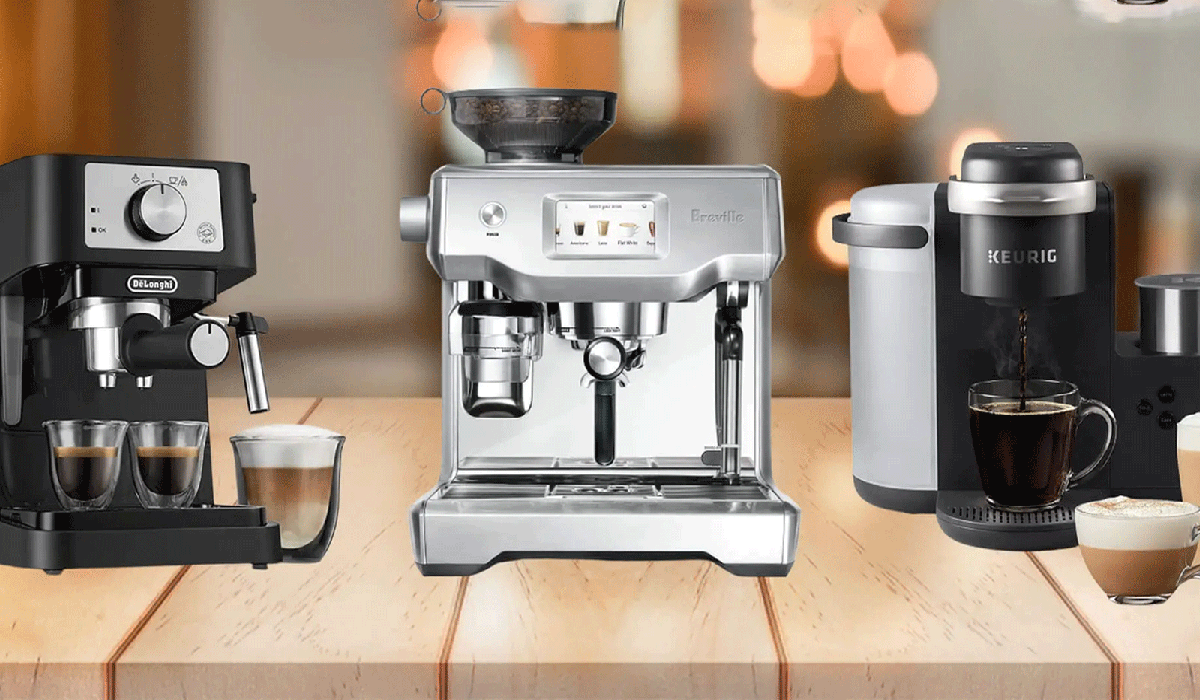
Producing high-quality coffee requires following specific steps and using the necessary equipment for coffee production. Have you ever wondered about the journey those coffee beans take before ending up in your morning cup? In recent years, there has been a growing interest in setting up coffee production lines in Iran, with many professionals in the food industry seeking to equip coffee packaging factories and enter the instant and capsule coffee market. Every stage of the coffee production line demands attention to detail and the use of specialized coffee machinery, which ultimately has a direct impact on the quality, flavor, and aroma of the coffee.
Coffee Production Stages and Equipment For Coffee Production
Below, we explore the different stages of production and introduce the necessary equipment used in a coffee manufacturing and packaging facility:
1. Coffee Bean Selection
Selecting raw coffee beans is the first and most crucial step in producing high-quality coffee. These beans typically belong to two main coffee varieties: Arabica and Robusta, each offering distinct characteristics. Arabica coffee features a mild flavor with floral and fruity aromas, while Robusta coffee has a stronger and more bitter taste. Careful bean selection can significantly influence the final taste of the coffee. Due to climatic limitations, coffee production in Iran is minimal; therefore, most coffee factories in Iran depend on importing green beans from coffee-producing countries.
Companies like Parto Padideh, as representatives of reputable brands, source high-quality beans from trusted origins, making it possible to brew aromatic and flavorful coffee. Roasted coffee beans for cafés are also increasingly in demand, requiring careful roasting and sourcing to meet the expectations of profession baristas.
2. Coffee Grinders
Coffee grinders are among the most essential pieces of equipment for coffee production in the process. These machines grind the coffee beans into precise and suitable sizes, significantly impacting the final taste and aroma of the coffee. In instant coffee production lines, the grind type and its uniformity play a key role in ensuring the coffee dissolves quickly in water. Coffee packaging factories often use industrial grinders with precise adjustment capabilities.
Grinders are mainly divided into two categories: blade grinders and conical burr grinders. Blade grinders are generally more affordable and operate faster; however, they may not grind the beans evenly and could damage them. In contrast, conical burr grinders, thanks to their specific design and consistency in grinding, are considered the best choice for producing high-quality coffee. This type of grinder enhances flavor and preserves aroma, resulting in a more enjoyable coffee-drinking experience.
3. Coffee Roasters
Coffee roasting machines use heat to bring the beans to high temperatures in order to extract their distinctive aromas and flavors. In this stage, controlling the temperature and timing is critical, as over-roasting can lead to burnt and bitter tastes. Roasting can be done on an industrial or home scale, each method having a different impact on the final flavor of the coffee. Precision in this stage ensures a coffee with complex and attractive flavor notes.
4. Cooling Machines
After roasting, coffee beans must be cooled rapidly to prevent the roasting process from continuing. Cooling machines typically feature powerful fans that cool the beans in a short amount of time. This process helps preserve the flavor and aroma of the coffee. If the beans are not properly cooled, their taste may be affected and the overall quality of the coffee can decline.
5. Packaging Machines
Packaging the coffee beans is one of the final stages in the production process. Using appropriate packaging machines helps protect the coffee from moisture and contamination. The price of coffee production equipment varies greatly depending on the type (powder, capsule, whole bean), brand, and production capacity. Additionally, the price of coffee capsule machines can range from 500 million to several billion tomans. Choosing the right machine depends on the target market and daily production volume. Vacuum packaging and the use of specialized coffee bags help maintain the freshness and flavor of the coffee. This stage is critically important, as coffee beans are sensitive to moisture and light, and proper packaging can significantly extend their shelf life.
| Machine Type | Function | Production Capacity (Approximate) |
Approximate Price (Toman) (2025) |
|---|---|---|---|
|
Industrial Coffee Grinder |
Bean-to-Powder Grinder |
50 to 300 kilograms per hour |
80 to 500 million |
| Automatic Roasting Machine | Uniform Roasting of Beans |
5 to 60 kilograms per hour |
100 million to 2 billion |
| Vacuum Coffee Packaging Machine | Packaging of Coffee Powder or Beans | 20 to 120 packages per minute |
300 million to 1.5 billion |
| Coffee Capsule Production Machine | Production and Filling of Coffee Capsules |
1000 to 4000 units per hour |
1 to 5 billion |
6. Brewing Equipment
Coffee brewing equipment plays a very important role in delivering quality coffee. Various coffee makers, including French press, AeroPress, Moka pot, and espresso machines, each have unique features and brewing methods that affect the final flavor and aroma of the coffee. For example, the French press produces a stronger concentration and taste due to direct contact of the coffee with hot water. AeroPress, using air pressure, offers a smooth coffee with rich aroma.
Choosing appropriate equipment based on the type of coffee beans and personal consumer preference is very important; even the smallest details such as temperature, brewing time, and filter type can significantly influence coffee quality and enhance the drinking experience.
Specialized coffee machines designed for commercial or home use are key to delivering consistent quality and meeting diverse consumer needs.
Setting Up a Coffee Production Line in Iran
Setting up a coffee production line in Iran represents an excellent opportunity for entrepreneurs. To establish a successful factory, familiarity with the necessary equipment for coffee production—including roasters, industrial grinders, dryers, and packaging machines—is key to designing an efficient production line. With the growing interest in coffee consumption and the rise of coffee culture, a broad consumer market has formed in the country. Companies like “Parto Padideh” offer services such as supplying machinery, personnel training, and technical support for establishing coffee packaging factories.
Sale of Instant Coffee Production Lines
Successful sales of instant coffee production lines are among popular options for factory owners who intend to enter a highly profitable field. This requires full supply of essential equipment for coffee production, including extraction devices, spray dryers, specialized mixers, and vacuum packaging systems, each playing a vital role in the quality of the final product. Since instant coffee consumption is increasing in Iran, entering this sector can provide a rapid return on investment.
Conclusion
Producing high-quality coffee requires the use of appropriate machines at every stage of the process. Each stage demands specific equipment and great precision. Coffee is a beverage that places significant focus on its flavor and aroma; therefore, the use of the necessary equipment for coffee production is of special importance.
Considering technological advancements and innovations in the coffee industry, selecting the right machines can help produce coffee with distinctive flavor and aroma. This care and attention to detail offer consumers a unique experience and contribute to the advancement of coffee culture in society.


